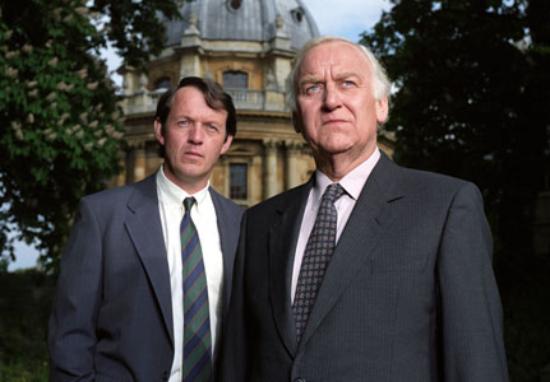Speaker : Mike Heaney – himself a member of Eynsham Morris Dancers.
There are broadly 3 types of Morris Dancing – Cotswolds/South Midlands – distinguished by complex steps, slow capers and distinct tunes and dances; Welsh Borders/Midlands – distinguished by raucous behaviour, sticks, blacking up and simple steps; North West – distinguished by clog-wearing, slings, steps and kicks and processional movements.
There are many theories as to the origination of Morris Dancing but the most credible is that it came to England in the 15th Century from Flanders where the wealthy Burgundian/Flemish court had Morisch (Moris) entertainment.
In England the first recorded evidence of Morris Dancing was in 1448 when the Goldsmiths Livery Company of London employed Morris Dancers at its grand annual banquet. Shortly afterwards Sir john Folstaf from Norfolk commissioned a tapestry containing images of Morris Dancing. The Livery Companies perpetuated the employment of Morris Dancers at their annual Mid-Summer London banquets with the use of Morris Dancers reaching the Royal Court in 1511 under Henry V111.
Morris Dancing then filtered down to the general population initially under the auspices of the Church (Church Ale festivals). However, it fell out of fashion under Puritan Rule culminating in an Act of Parliament effectively banning Morris Dancing in 1654.
Morris Dancing returned but no longer under Church control with Whitsun Ales and Rushbearing ceremonies taking place within local communities. The revival of Morris Dancing, however, commenced at the end of the 19th Century with enthusiasts DArcy Ferrars, Percy Manning and Cecil Sharpe researching and reinventing Morris Dancing in the old style.
As far as Abingdon is concerned the first recorded mention of Morris Dancing was in 1560 where Church Records detail the purchase of bells for the uniforms of Morris Dancers to attend a Church Ales festival. Today there are 2 sets of Morris Men in Abingdon with the famous Mock Mayor election celebration a highlight.
Morris Dancing would appear to be in a healthy state today with new groups around the world developing new styles of Performance.



